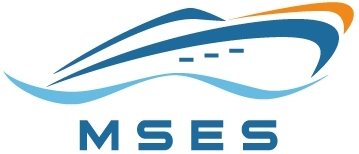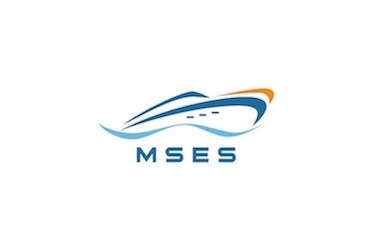MSES offers a tailor made Condition Based Monitoring Program to owners and vessel representatives or for a fleet of vessels. MSES can offer a custom maintenance management system that will be unhindered by crew turnover, operational requirements and will produce reliable reports and recommendations. Our condition based monitoring program is run in accordance with classification and IMO guidelines.Condition Monitoring is defined as continuous or periodic measurement and interpretation of data to indicate the condition determine the need for maintenance. This reduces cost and downtime.
MSES utilises the following techniques within the Condition Based Monitoring Program
- Lube Oil Analysis
- Vibration Analysis
- Thermographic Inspections
- Ultrasound Testing
Class societies also offer alternative survey arrangements in connection with maintenance management of machinery components, summarised in continuous, planned and condition monitoring methods. This in itself can save large sums of money
Although most vessel operators understand the benefits of CM the very high initial cost of setting it up is off putting, although that cost is offset by future savings. We also have the skill and experience to correctly interpret and analyse the data gathered from our visits.
Using our own equipment we can evaluate a vessels needs for CM, and set up the various parameters and points that will be the most beneficial and provide the optimum information. Once this is set up, we can visit the vessel at pre-determined intervals and continually monitor the condition of the vessel. From these visits we can then make our trends and base-lines and provide easy to understand and reliable reports and advise on when to carry out certain types of maintenance around the vessels operation schedule.
Our program provides vessel owners and operators the ability to:
- BASE operational decisions on the actual condition of the equipment
- ASSESS the risk for upcoming voyages based on the projected reliability of the propulsion equipment
- MAXIMISE the availability of the installation by performing overhauls only when needed, and by dramatically reducing the likelihood of unscheduled breakdowns
- BE INFORMED of faults (such as cracks in bearings or gears) well before they lead to breakdowns
- REDUCE the total cost of ownership and maximize profitability
- INCREASE the lifetime of the equipment and preserve its good condition through having feedback on factors that generate excess wear


